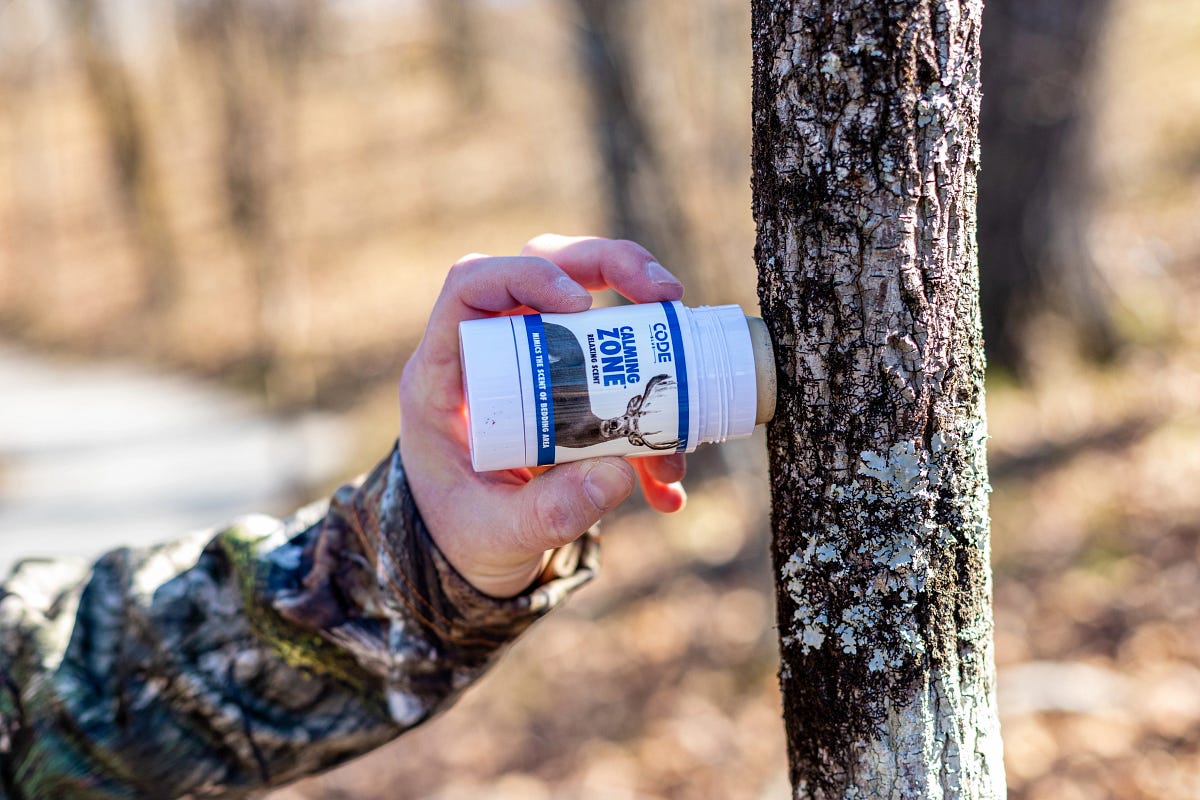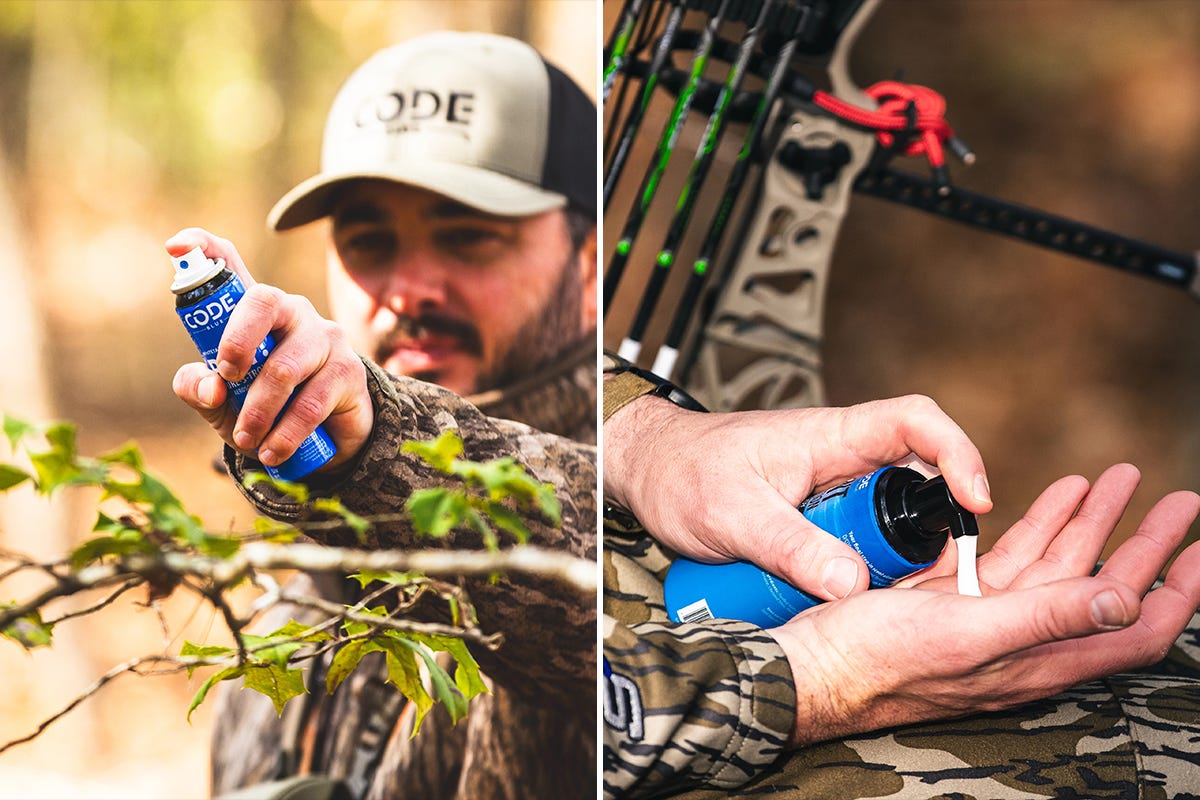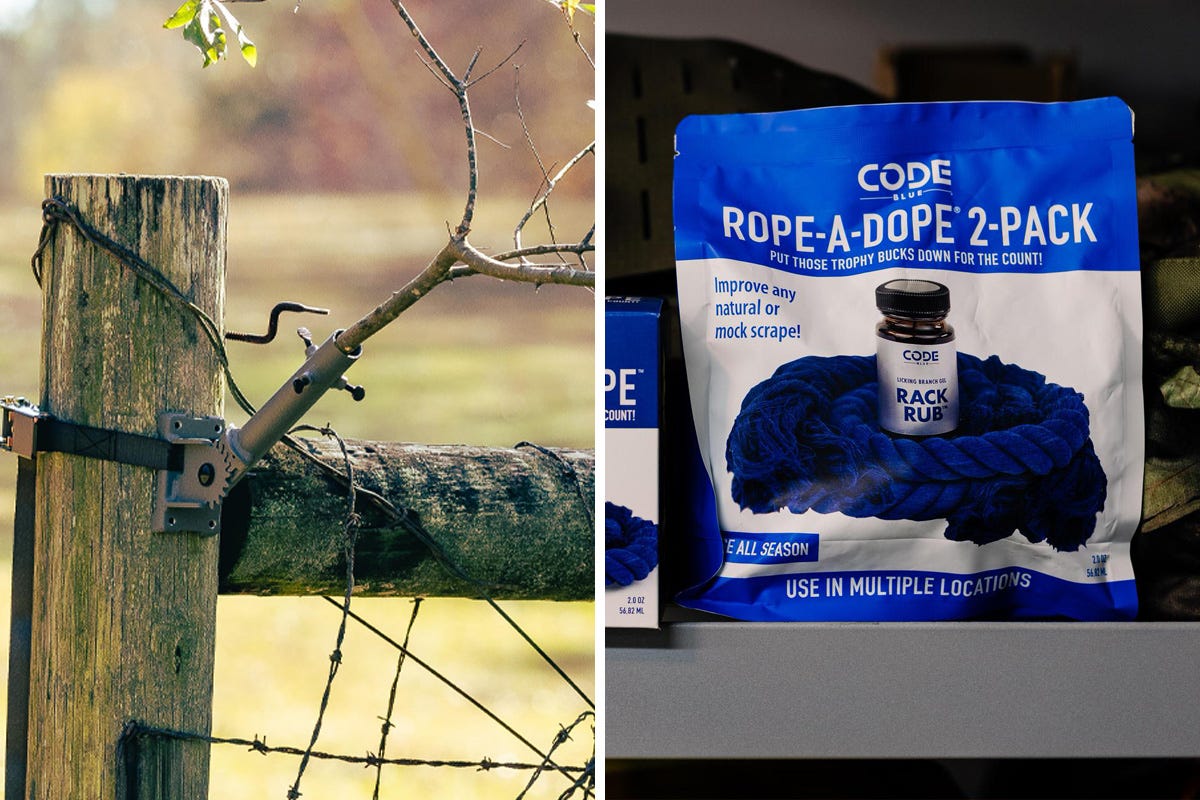- Jul 19, 2018
11 Professional Tips for A DIY Hunt
 Much like any hunt, you’ll need to keep a running list of gear so that you’re prepared for everything. Your needs will vary depending on the type of hunt: will you be hunting alone, what type of weapon will you be using, etc.? Below is a detailed list of the most important items and tips needed for a safe and successful DIY hunts.
Much like any hunt, you’ll need to keep a running list of gear so that you’re prepared for everything. Your needs will vary depending on the type of hunt: will you be hunting alone, what type of weapon will you be using, etc.? Below is a detailed list of the most important items and tips needed for a safe and successful DIY hunts.
Quality Boots |
|
Be sure not to scrimp on these. Your back and feet will thank you. Spend time looking for and trying on various models. Do your research and choose a boot designed for the style of hunting you’ll be doing. If you’ll be doing a lot of rugged hiking during archery season, then you probably won’t need a boot heavily insulated. However, if you’ll be sitting in a treestand during the rut or late season, then be sure you get a boot that is well insulated. Once you purchase the boots, be certain to put several miles on them while wearing your pack fully loaded to ensure proper fit and to break them in. Allocate at least two months for the break-in period in case you need to return the boots for a different size. This goes for any style of boot. |
Quality Pack |
|
Your hunt will dictate the type of pack needed. A whitetail hunt will require a small to mid-size pack while a backcountry hunting trip will require an internal or external pack with plenty of room for camping gear, etc. If your hunt will require you to pack quartered or boned-out meat, such as an elk hunt, then you’ll probably want to look for an external frame pack with plenty of shoulder and waist support to aid with this task. An external pack works best because you can remove the actual storage pack and use the frame to strap heavy quarters of meat to. |
GPS, Compass and Maps |
|
|
Game Cameras |
|
Time is of the essence on a hunt and you need to make the most of it. While often overlooked, a few compact game cameras can increase your scouting efficiency during your hunt and help pinpoint where you need to be. This will be a much more important tool on a DIY hunt than a Guided hunt as you’re not paying someone for their local information. |
Weapon |
|
The most important thing we can do is be as proficient with our weapon as possible. Practice at many varied yardages in many different setups. With a bow, shoot long yardages beyond your comfort zone. This will make the close shots much easier to make under pressure. Be sure to check game laws for broadhead styles, too. Some Western states won’t allow mechanical broadheads for elk and other big game. Same goes if you are hunting with a firearm. Spend time shooting different loads to find the one your gun shoots most accurately. Once your firearm is sighted in, leave the bench and practice off shooting sticks while standing, kneeling and sitting. Use the style rest you’ll be using in the field so that you’re comfortable with it and used to the additional movement you’ll be making once leaving the shooting bench. |
Game Care Equipment |
|
Carry a couple good knives along with a bone saw and sharpener for your knives. Carry plenty of game bags to pack meat out of the field and to store in a cool place. Bring 50 feet of good cord or rope in case you need to hang the meat up. A couple a heavy-duty garbage bags can be used to line your pack and keep it clean. If staying in a hotel or RV of some kind think about taking a vacuum sealer to cut up and package meat if time allows. This will make transporting it home much easier. Plus, you can fit more packaged meat in a cooler then you can whole quarters. ClothingYour hunt will dictate any type of clothing you plan on taking. Cold weather hunts will require much different clothing than a mid-to-late September elk hunt. Be sure to pack light for remote trips. For example: A set of warm weather pants, light-weight long-sleeve t-shirt and a light jacket. One set of base layers, three pair of under garments and socks can work well for 7 to 10 days. A rut-style whitetail hunt will typically be cooler, meaning you will need a little heavier gear. If hunting remote then about the same list as far as number of garments, will work. Just be sure they are heavy enough to cover the needs. You may want to through in a down style vest and cooler weather gloves along with a beanie of some kind. If you’re staying in a hotel or in a place you have facilities, I would pack anything you think you may need, simply because you have more room and weight isn’t an issue. Scent Elimination and Cover Scents
Remote HuntingYou’ll need a tent, sleeping bag, pad, along with food items and hydration. Your tent needs will depend on whether you are by yourself or with a hunting buddy. Regardless, get a tent just big enough for you or a couple of you and your gear. If there are 3 or 4 people two tents would most likely be required. A light-weight sleeping bag is the best way to go. You’ll want something rated to keep you warm in the type of weather you may be faced with. Keep in mind, its always better to go a little warmer than needed. If purchasing new camping gear, get out in the backyard and set everything up until you’re completely familiar with it. The back country is no place to be learning on the fly or to find out your new tent has pieces missing. Other NeedsNever forget your safety harness and stand accessories if hunting from a treestand. You’ll also want a comprehensive first-aid kit to treat wounds both big and small. If in remote country, you’ll want a substantial first-aid kit to take care of anything that might happen far from a vehicle. Don’t forget several sets of batteries for all of your electronic devices. A GPS doesn’t do any good when out of juice. Also, a portable charger for your cell phone is a good idea in case of an emergency situation. Travel PlansMake sure to inform you family or someone you know of your plans. Leave them detailed contact information and a map of where you’ll be parked, staying, camping and areas you’ll be hunting. If cell service is available, plan a check-in time so that if you don’t call in, family or friends can notify local law enforcement of your last-known location. You might consider renting or purchasing a satellite phone for a backcountry trip where cell phone service won’t exist.
Regardless of the hunt you are going on or planning, prep early. If you are planning a DIY elk hunt for September 15th, have most of your equipment and needs packed by early to mid-July. Make a list of each item and mark it off as you pack, and keep it double-checked as time grows near. Go back just before you plan to head out and check one more time. If you follow this advice, then you’ll be well on your way to an enjoyable DIY hunt this fall — and hopefully a successful one, too! About the Author: Chris Parrish has won turkey calling contests at the highest level and has hunted up and down this continent. He has a well-honed knowledge of the habits and patterns of mature whitetails — having recorded 22 bucks in the Pope & Young and Boone & Crockett record books. He’s been an ambassador for PRADCO Outdoor Brands as well as many more. Chris has a passion for sharing his knowledge with others, so look for more of his articles here and at Moultrie Products and Summit Stands. |

 These are must have for all DIY hunts. Study your maps ahead of time and look at the terrain features shown. This can help identify potential hunting spots as well as camping locations for base camp. Don’t wait until your trip to learn how to read a map with a compass or learn all the features on your GPS. Become intimately familiar with these in the months leading up to your hunt as these will keep you out of trouble and save you time and effort in the field. Efficiently using the GPS to navigate to and from a stand location during an out-of-state whitetail hunt will allow you to get in and out without wandering around spooking game.
These are must have for all DIY hunts. Study your maps ahead of time and look at the terrain features shown. This can help identify potential hunting spots as well as camping locations for base camp. Don’t wait until your trip to learn how to read a map with a compass or learn all the features on your GPS. Become intimately familiar with these in the months leading up to your hunt as these will keep you out of trouble and save you time and effort in the field. Efficiently using the GPS to navigate to and from a stand location during an out-of-state whitetail hunt will allow you to get in and out without wandering around spooking game.  Code Blue has a
Code Blue has a 

